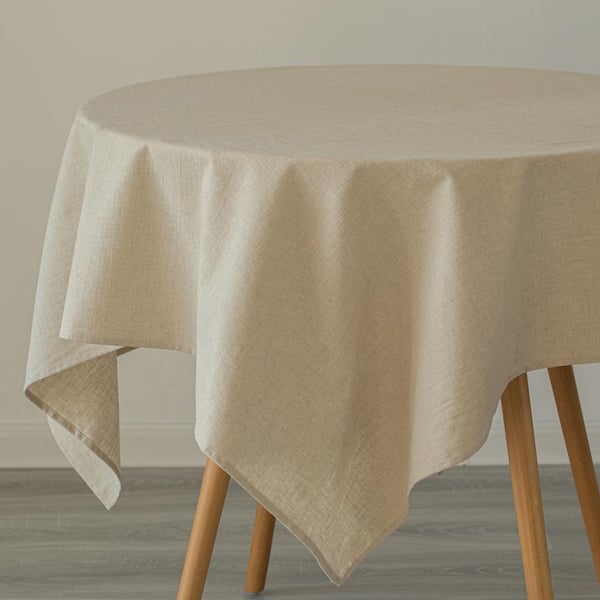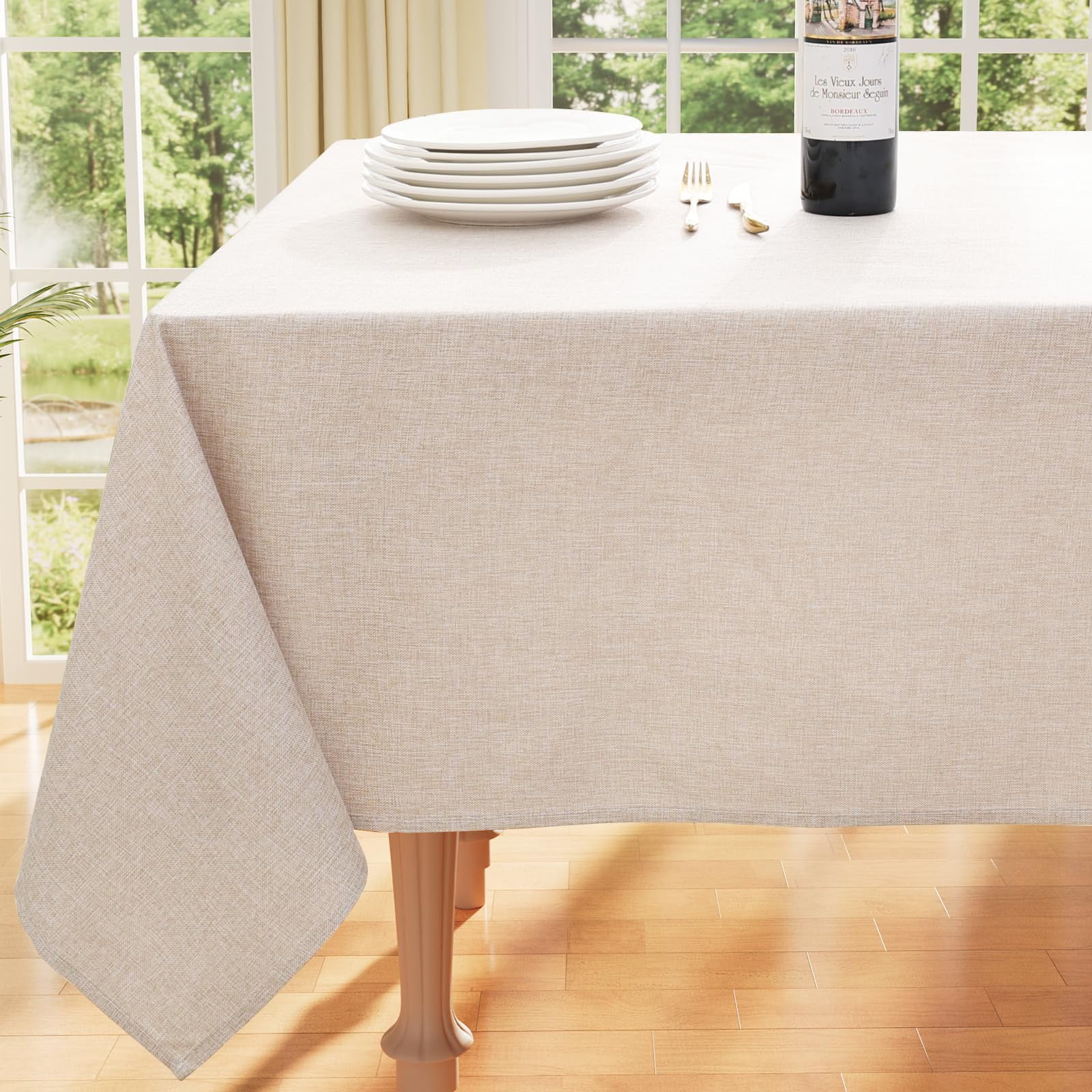Stunning Table Cloths: Boost Your Dining-room Decor
Stunning Table Cloths: Boost Your Dining-room Decor
Blog Article
Bed Linen Fabric Advancements: Discovering Modern Trends and Creative Applications in Layout and Fabric Market
From sustainable production techniques to innovative weaving innovations, the evolution of linen is reshaping the landscape of the textile industry. As we delve into the worlds of innovative design applications and the emergence of linen blends and hybrid materials, a new chapter unravels in which linen's role in future fabric developments takes facility stage.
Sustainable Practices in Linen Production
Sustainable techniques in linen manufacturing have actually become increasingly critical in the fabric market's initiatives to reduce ecological impact and promote honest sourcing approaches. Linen, a natural fiber obtained from the flax plant, uses a range of advantages such as biodegradability, resilience, and breathability. Nonetheless, traditional techniques of linen production can involve substantial water usage, chemical usage, and energy-intensive processes.
To attend to these challenges, numerous textile suppliers are taking on lasting practices throughout the bed linen production process. This includes sourcing flax from organic farms that avoid damaging pesticides and chemicals, carrying out water-efficient retting methods to essence fibers from the flax stalks, and utilizing environmentally friendly dyes and finishes. Additionally, some firms are purchasing renewable resource sources to power their manufacturing centers and reducing waste with recycling and upcycling efforts.
Technological Developments in Bed Linen Weaving
With the growing emphasis on sustainable practices in bed linen production, the textile industry is now witnessing a surge in technological innovations specifically focused on transforming the art of linen weaving. These innovations are improving the method linen materials are generated, using raised effectiveness, quality, and creativity in weaving methods.
One of the vital technological developments in linen weaving is the assimilation of electronic looms. These sophisticated looms are geared up with software that allows for intricate and detailed designs to be woven with precision. By digitizing the weaving process, manufacturers can accomplish higher uniformity and precision in their bed linen fabrics.
Moreover, advancements in thread spinning innovation have allowed the production of finer and even more durable linen threads - table cloths. This causes softer and smoother bed linen materials that preserve their quality also after numerous usages and cleans
In addition, the growth of eco-friendly dyeing procedures and coatings for linen materials is obtaining grip. These sustainable methods not just reduce the environmental impact but also satisfy the enhancing customer need for morally created textiles.
Creative Style Applications for Linen
Cutting-edge creative techniques are significantly shaping the imaginative layout applications for linen in the fabric sector. Bed linen's natural aesthetic allure and ability to mix with various other textiles make it a favorite option for creating one-of-a-kind garments and accessories that cater to the environmentally mindful customer.
Moreover, designers are trying out linen in home design, using its sturdy and breathable nature to craft fashionable furnishings such as curtains, bed linen, and upholstery. The appearance and drape of linen bring a feeling of class and comfort to interior spaces, including a touch of sophistication to modern-day homes.

Bed Linen Blends and Crossbreed Fabrics

Hybrid fabrics, on the various other hand, take the over at this website principle of mixing an action further by integrating additional aspects such as metal threads, recycled materials, or conductive fibers. These innovative textiles not just expand the layout possibilities but also present functional facets like conductivity, antimicrobial homes, or improved toughness. Crossbreed materials are increasingly being made use of in various industries, consisting of style, interior decoration, and technical fabrics, where the need for multifunctional materials is on the rise.
Linen's Role in Future Fabric Innovations

In the realm of future fabric developments, bed linen is expected to be a crucial gamer in the development of sophisticated useful textiles. Researchers and designers are discovering ways to enhance linen's inherent qualities with technical developments, such as including smart fabrics, nanotechnology, and efficiency coatings. These advancements aim to boost linen's efficiency features, making it appropriate for a more comprehensive series of applications, from activewear to safety garments.
In addition, the combination of bed linen with various other all-natural or synthetic fibers opens up endless opportunities for developing unique fabrics with special residential or commercial properties and capabilities. By leveraging linen's characteristics and checking out innovative blends, the textile market is positioned to present exciting growths that accommodate advancing customer demands and sustainability needs.
Verdict
In verdict, the expedition of lasting techniques, technological innovations, creative layout applications, bed linen blends, and its duty in future textile technologies highlight the continuous evolution of bed linen material in the contemporary design and fabric industry. With a focus on innovation and creative thinking, the convenience and environmentally friendly nature of bed linen make it a valuable material for developers and manufacturers alike, leading the way for further advancements and improvements in the area of fabrics.
As we dig right into the worlds of innovative layout applications and the development of linen blends and hybrid textiles, a brand-new phase unravels in which linen's function in future fabric developments takes center phase.
Checking out the blend of linen with other materials has actually led to the emergence of cutting-edge blends and hybrid fabrics in the contemporary fabric industry. Bed linen blends use a special combination of the characteristics of linen with those of various other fibers, resulting in textiles that possess boosted properties such as raised toughness, boosted draping, and decreased wrinkling.The evolution of linen blends and crossbreed fabrics has established the stage for Linen to play a crucial role in driving future textile advancements.In the realm of future fabric innovations, linen is anticipated to be an essential gamer in the development of advanced functional textiles.
Report this page